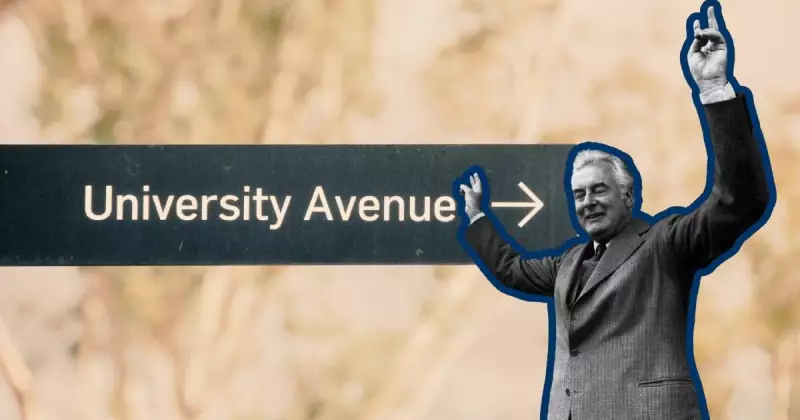
The Australian government is implementing sweeping changes to university funding that will see some arts degrees double in cost while making 'job-relevant' courses more affordable. Under the controversial reforms, students pursuing humanities degrees could pay up to $50,000 for their qualifications.
The Job-ready Graduates Package Explained
Education Minister Alan Tudge has championed what the government calls the Job-ready Graduates package, designed to steer students toward industries with expected employment growth. The comprehensive overhaul represents the most significant shakeup of Australian higher education funding in years.
Under the new structure, the government has created three main price bands for Commonwealth supported places. Courses deemed to have strong employment outcomes will see student contributions decrease, while those in fields with fewer job prospects will become significantly more expensive.
Humanities and communications courses face the steepest increases, with student contributions rising to $14,500 per year of full-time study. This means a standard three-year arts degree could cost students approximately $43,500, with many four-year degrees reaching nearly $50,000 when accounting for annual increases.
Winners and Losers in the Education Reforms
While arts students face mounting debt, those studying in priority areas will benefit from substantial fee reductions. Teaching, nursing, clinical psychology, English, and languages will see annual student contributions drop to just $3,700 per year - making them among the most affordable degrees available.
STEM fields including science, health, architecture, environmental science, IT, and engineering have also been classified in the middle band, with fees set at $7,700 annually. Agriculture and mathematics courses join the lowest-cost tier at $3,700 per year.
The government defends these changes as necessary to address Australia's skills shortages and ensure taxpayer funding supports courses that lead to employment. 'These reforms are estimated to create an additional 30,000 university places by 2024 and 100,000 by 2030,' Minister Tudge stated.
Broader Implications for Australian Higher Education
Critics argue the reforms create an artificial hierarchy of knowledge and could deter students from pursuing humanities education that develops critical thinking skills. Opposition education spokespeople have condemned the changes as 'price signalling' that devalues arts education.
University administrators have expressed concern about the financial impact on arts faculties, which often cross-subsidize more expensive STEM programs. The changes may force restructuring of course offerings and staffing across the sector.
Current students will be largely protected from the fee increases, which primarily affect those commencing studies from 2021 onward. However, all students will be subject to a new lower repayment threshold for HELP loans, requiring graduates to begin repayments once they earn $45,000 annually.
The reforms represent a fundamental shift in how Australian higher education is funded and what fields the government prioritizes. As one commentator noted, 'We've moved from a system where education was seen as a public good to one where it's increasingly viewed as private investment in job preparation.'





